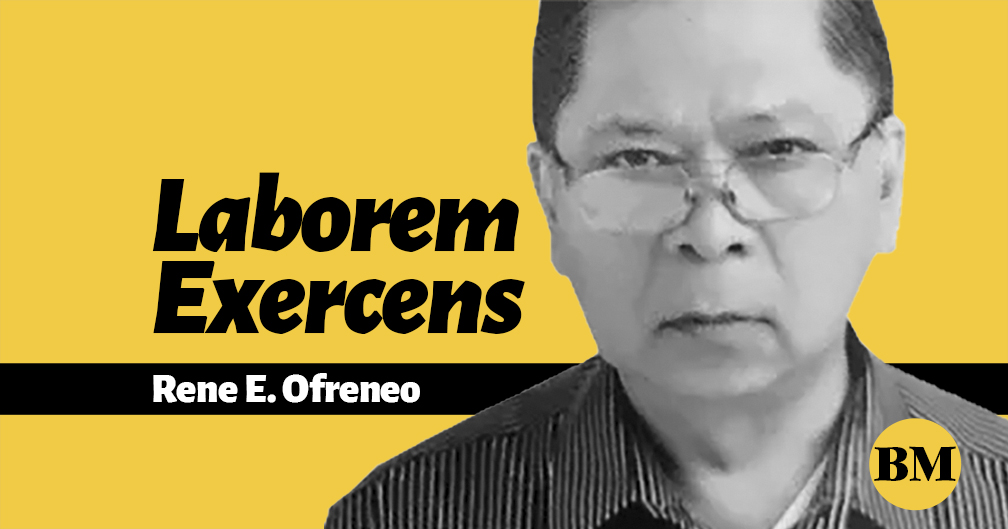Warning: Attempt to read property "post_title" on null in /www/businessmirror_145/public/wp-content/plugins/better-image-credits/better-image-credits.php on line 227

“Raise high the barricades!” was the headline of the February 4, 1971 issue of the Philippine Collegian that chronicled the so-called Diliman Commune.
The Diliman Commune occurred 50 years ago, from February 1-9, 1971, as an uprising led by the students, faculty members, and residents of the University of the Philippines in Diliman, together with transport workers in protest of the three-centavo increase in oil prices.
I was barely two months old then when the nine-day uprising became an evidence of UP’s role as the “bastion of activism” since the early days of the Marcos dictatorship.
It is the same academe where I later spent a decade of my student life in the late 1980s until late 1990s.
A year before Marcos’ eventual declaration of Martial Law, the Diliman Commune is hailed as the first-ever display of mass resistance from the UPD community and the first student action after the First Quarter Storm.
The “communards” bravely fought for the safety of the campus against the violent police and military force under the common banner of academic freedom and the right of peaceful assembly.
“Babalik kami. Mas madami.”
After every chase and dispersal, where the military used sticks, shields, and guns to disperse the students, the UP community quickly consolidated their ranks and returned.
The barricades were even raised higher by hauling logs, branches, chairs and tables from their classrooms to replace what had been destroyed. Improvised Molotov cocktails, pillboxes, and rockets were also used to deter police from entering the University.
The Commune is just a historical point in the long history of radical activism in UP.
The university teaches what textbooks cannot capture, the state education curriculum avoids, or the military censors erase or prohibit.
As a symbol of people standing up against oppression, fellow UP SAMASA member and visual artist Toym Imao recreated UP’s barricades in commemoration of the 50th anniversary of the Diliman Commune.
“Barikada” is Imao’s art installation assembled from bamboo, repurposed materials and condemned classroom furniture, previous installations which are painted bright red.
Imao said in an interview that “Barikada now not only represents a commemoration of the Diliman Commune but becomes an essential visual response to current developments concerning the university and state forces.”
Fifty years later, attempts by state forces to dismantle the “barricade” continued, as recently amplified by the sudden, arbitrary, and unilateral termination by the Department of National Defense of the so-called UP-DND accord.
The UP-DND Accord was signed on June 30, 1989 that established certain norms and protocols governing relations between the University and military and police forces.
The termination eliminates key freedoms essential to UP’s academic freedom and institutional autonomy, such as the non-entry of military and police operatives into UP campuses nationwide as well as the non-interference by the military or police in protest activities except under strictly defined circumstances and after complying with strictly defined procedures.
This is seen as part of the government’s propaganda of maliciously associating critical thinking and dissent to extremism or terrorism as it waged anti-communist witch hunts among those who dared to speak against the regime.
However, UP will continue to be a bastion of resistance in the name of democracy, offering refuge to those marginalized and silenced by the state.
All educational institutions, including UP, must be maintained as safe havens for civilized and intelligent discourse of all beliefs and forms of democratic expression, where students and teachers can discuss freely without fear of censorship or retaliation.
UP shall continue to exist with a critical eye on social and historical issues.
“Raise high the barricades!”
Kule is the monicker of Philippine Collegian, the official student publication of UP Diliman. Atty. Dennis R. Gorecho heads the seafarers’ division of the Sapalo Velez Bundang Bulilan law offices. For comments, e-mail info@sapalovelez.com, or call 0917-5025808 or 0908-8665786.




























